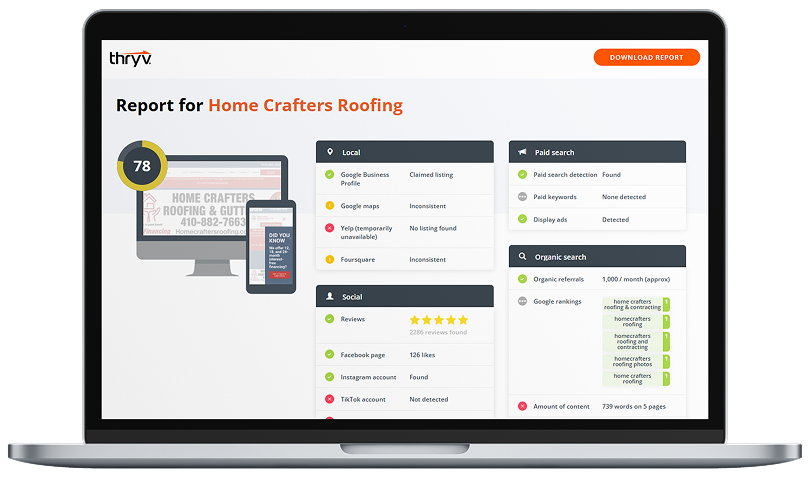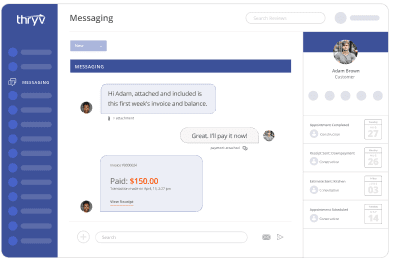Social media marketing has never stayed still for long, but in 2025, the pace feels faster than ever. Platforms are tweaking algorithms, users are shifting behaviors, and brands that once thrived with a steady stream of hashtags and static visuals are suddenly seeing engagement stall. So, what matters now?
In this update, we break down the most important trends and changes shaping social media marketing across the top platforms. From updated image size requirements and declining hashtag performance to the rise of keyword-based discovery and new content types favored by platform algorithms, we’ll help you cut through the noise and adapt your strategy to what’s working right now.
Social Media Platform Updates
Social media updates in July 2025 are reshaping how brands connect with audiences. On your to-do list for this summer, you need to refresh your visuals, rethink your tag strategy, and stay attuned to platform-level shifts. Let’s go over the top changes.
1. Instagram: New Image‑Sizing Rules
In early 2025, Instagram introduced a “taller” grid format that significantly changed how feed posts are displayed. The standard aspect ratio for feed posts shifted to 4:5, with dimensions of 1080 × 1350 pixels, allowing images and videos to occupy more vertical space on the screen, making content more immersive and eye-catching as users scroll. Additionally, post previews in the grid use a slightly narrower 3:4 crop (1012 × 1350 pixels) to maintain a consistent and polished look across the profile page.
Meanwhile, Instagram Stories and Reels maintain the familiar 9:16 vertical format, optimized for full-screen mobile viewing. Landscape posts continue to use the 1.91:1 ratio (1080 × 566 pixels) but are less prominent in the feed as vertical content dominates user engagement. Because of these multiple display ratios, Instagram now advises creators to center key visual elements within their posts. This helps prevent essential parts of images or text from being cropped or cut off in previews or different feed views, ensuring that content appears its best regardless of how users discover it.
2. TikTok: Evolving Search Features & Personalization Tools
TikTok is transforming into more than just a social video app. It’s becoming a powerful video search engine. The platform now prioritizes keyword-optimized captions, on-screen text, and detailed metadata to improve discoverability, shifting away from the overuse of hashtags. While hashtags still help categorize content, TikTok recommends using 3-5 relevant hashtags combined with well-crafted captions and embedded text to better align with search results and “For You” feed recommendations. This shift reflects TikTok’s goal of becoming a destination for users to actively search and find content tailored to their interests, making keyword optimization crucial for creators.
In addition to these changes, TikTok introduced two key features in June 2025 to help users personalize their experience. The “Manage Topics” tool enables users to customize the content they view by category, such as sports, humor, or food. The “Smart Keyword Filters” feature allows users to block content containing specific keywords or related terms, providing more control over the feed. Together, these tools empower TikTok users to create a more personalized, relevant, and enjoyable browsing experience by customizing the content they see based on their individual preferences.
3. Meta (Instagram/Facebook): Algorithm Weighs Quality of Engagement
Meta’s algorithms now prioritize content by closely analyzing how long users engage with posts, valuing not just clicks but the actual time spent viewing or interacting with content. Alongside this, the platform weighs the quality of interactions, such as meaningful comments, shares, and saves, over superficial reactions like quick likes. Additionally, Meta increasingly values cross-platform engagement between Instagram and Facebook, meaning content that performs well on both platforms gets a boost in visibility. This is particularly true for Reels, which are now a significant focus for Meta and especially effective when they drive users to visit external websites, linking social engagement directly to business outcomes.
4. LinkedIn: Algorithm Favors Deep Subject-Matter Expertise and Original Insights
In March 2025, LinkedIn’s algorithm underwent significant changes to prioritize content that demonstrates deep subject-matter expertise and original insights, while actively demoting posts that use engagement bait tactics, such as “comment below” prompts. The platform now places greater emphasis on dwell time, rewarding posts that generate meaningful comments and longer viewing sessions, which signal genuine user interest. Conversely, automated tools, spammy behavior, and excessive external links are penalized to maintain content quality.
LinkedIn is also moving away from relying heavily on hashtags to rank content. Instead, it’s using more advanced AI to understand what a post is really about, making it easier for the right people to see your content, even if it doesn’t include specific tags.
Market and Grow Your Business More Effectively With Marketing Center
Marketing Center helps you attract new customers to your business and shows you which marketing strategies work best for your customers so you don’t waste time and money on the wrong tactics.

Social Media Trends 2025
As platforms evolve and user behavior shifts, staying ahead of social media trends is crucial to maintaining visibility. In 2025, it’s not about chasing every algorithm change; it’s about understanding the bigger patterns shaping how content is discovered and engaged with. Here are the top trends redefining how to show up and succeed on social media this year.
1. Search-Driven Discovery Takes Over
Platforms like TikTok and Instagram are prioritizing keyword-rich captions, natural language, and on-screen text over dense hashtag blocks. Hashtags still help categorize content, but SEO-style writing is what’s pushing posts to the top now.
2. Dwell Time and Meaningful Engagement Matter Most
Algorithms are rewarding content that keeps users engaged for longer. Whether it’s a detailed carousel on Instagram or a thoughtful LinkedIn post, quality comments and shares now have more weight than quick likes.
3. User-Controlled Feed Customization
TikTok’s new Manage Topics and Smart Keyword Filters allow users to fine-tune their “For You” feed, reflecting a broader trend where platforms give people more control over what they see. Personalization is becoming both user-driven and algorithmic.
4. Vertical Video Still Reigns, But Cross-Platform Content Wins
Reels and TikToks continue to dominate attention spans, but Meta is now rewarding content that performs well across both Facebook and Instagram. Cross-platform visibility, particularly for content that drives traffic or conversions, is becoming a key growth strategy.
5. Smarter Content, Not More Content
Success in 2025 isn’t about posting constantly. It’s about crafting posts that align with search trends, deliver value, and spark real engagement. Relevance is more important than reach.
Stay Up-to-Date on the Latest Social Media Updates
As social media platforms continue to evolve, staying current with the latest changes isn’t only helpful but also essential. It’s critical for visibility and engagement. The takeaway? Success in social media marketing today depends less on trends and more on strategy. By aligning your visuals, copy, and content types with how platforms now rank and display posts, your brand is more likely to be seen—and remembered.


